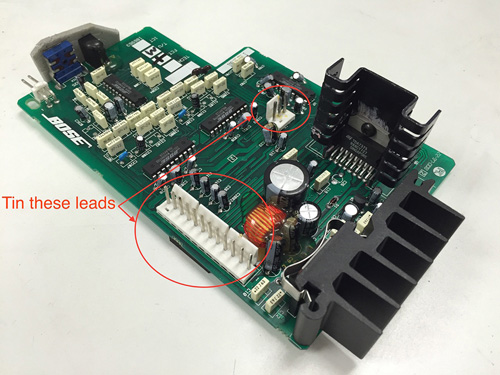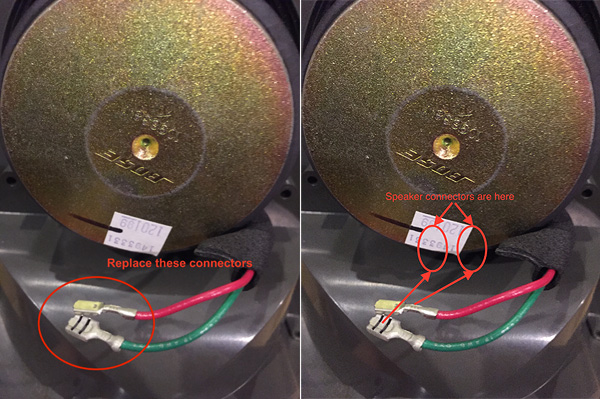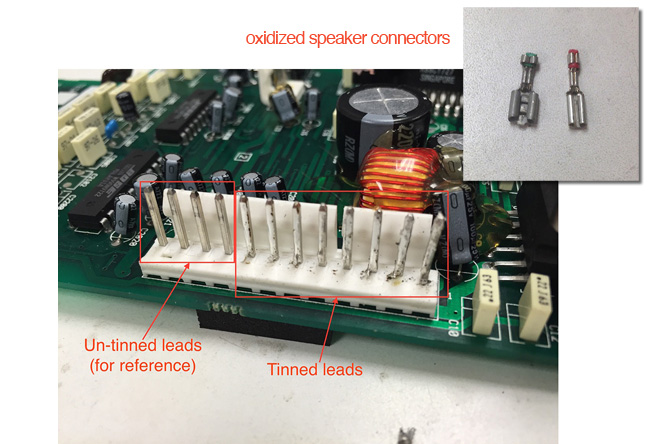Vintage Mac Maintenance: Implementing the TAM Bose Buzz Fix
This is a guest post by Henry Plain, vintage Mac restoration specialist
—
 TAMs! Those who own ’em love ’em, those who don’t love ’em even more!
TAMs! Those who own ’em love ’em, those who don’t love ’em even more!
If you know anything about TAMs, you know that they are one of the most expensive, sought after and unique Macs ever produced. To this day they are the only mass produced anniversary Macs ever made. With an extremely limited build number, a plethora of accessories, boxes and gadgets they are collectors dream or nightmare. Sadly, service parts for these amazing machines are few and far between.
Even worse is the symptom all of these wonderful machines will ultimately suffer, commonly referred to as the TAM Bose Buzz. If you’ve heard it, it sounds like nails on a chalk board; well not literally, but compared to the blissful silence TAMs normally operate with it might as well be! First it starts off faint, unsuspecting and almost unnoticeable, until it manifests itself further and you’ve got a full on screaming banshee on your hands.
What causes the issue is a common problem with many old electronics: oxidation of electrical contacts.
If you’re handy with a soldering iron – and are comfortable working with electronics – the fix is fairly simple. If not, find a qualified geek friend or a professional to help.
First you need to take apart the Bose subwoofer/power module. Here’s a teardown guide. Once you’ve got everything opened up, follow this process:
• remove the power board from the inside of the Bose unit.
• with the board removed, using solder, tin the leads on the red/green speaker wire connector (3 prongs) so the contacts cannot oxidize.
• again with solder, tin the leads on the power cable connectors on the opposite side of the board (12 prongs) so those contacts also cannot oxidize.
• finally, remove the green and red speaker wires that connect to the Bose subwoofer, and cut off the old terminal connectors. Notice any oxidization or pits on the old connectors? That’s part of the buzzing culprit.
• strip the leads, and crimp on new, coated speaker terminal connectors (available from most electronics stores). Then reconnect the cables to subwoofer.
• that’s all there is – reassemble your Bose bass unit and enjoy the sound of silence!





Hi, anyone has a Bose unit to sell, i have TAM but no power/subwoofer ?
Are you still looking for the Bose Sub/Power Supply? I can help
Hi, I believe I just fried my Bose Unit (hopefully TAM unit is fine) when i turned the power without switching to 220v (originally 120v – US standard).
Anyone can advice if repair for the power unit from the Bose unit is possible?
Regards,
Phuser72 (Singapore)
Mike, try posting to the forums on 68kmla.org, some folks there may be able to help.